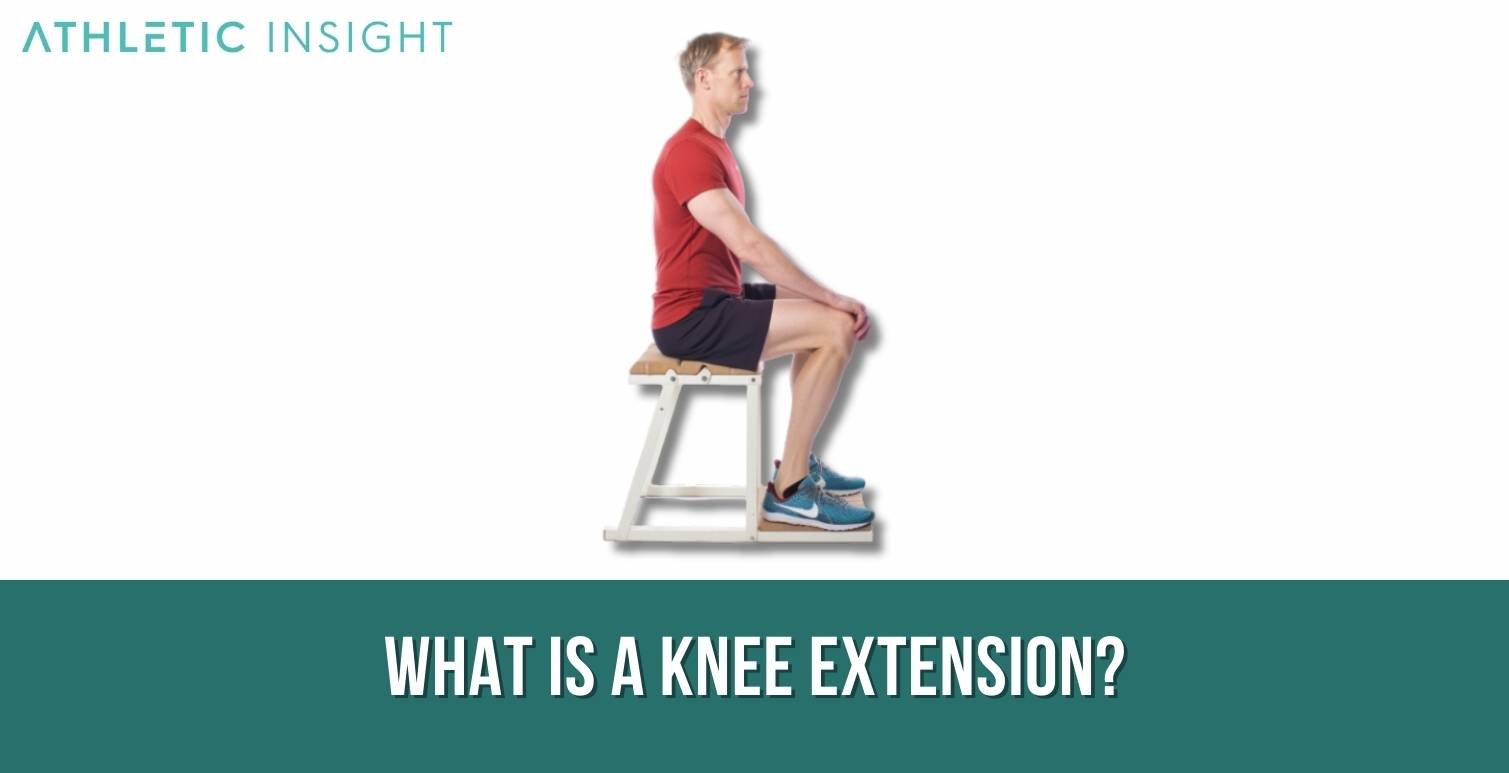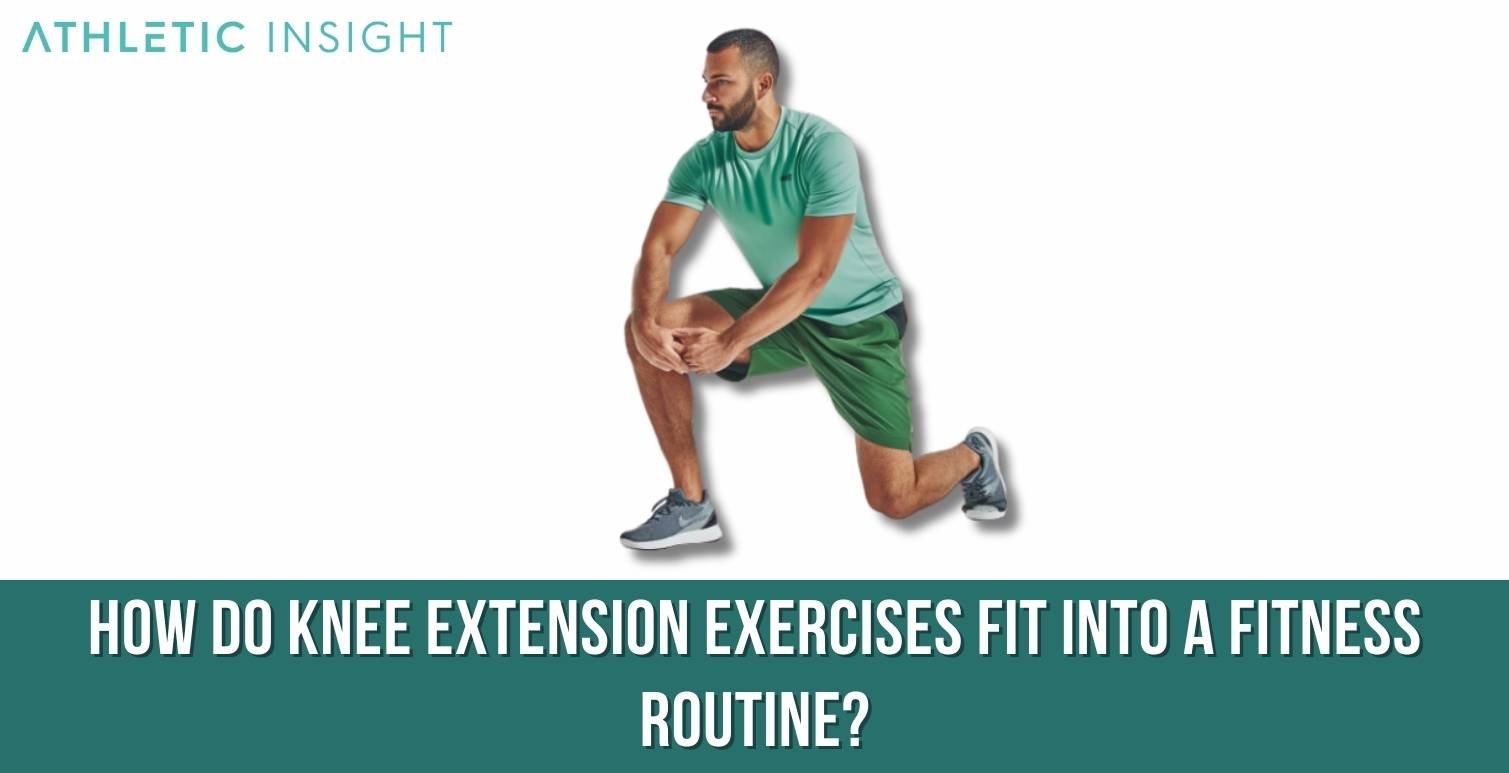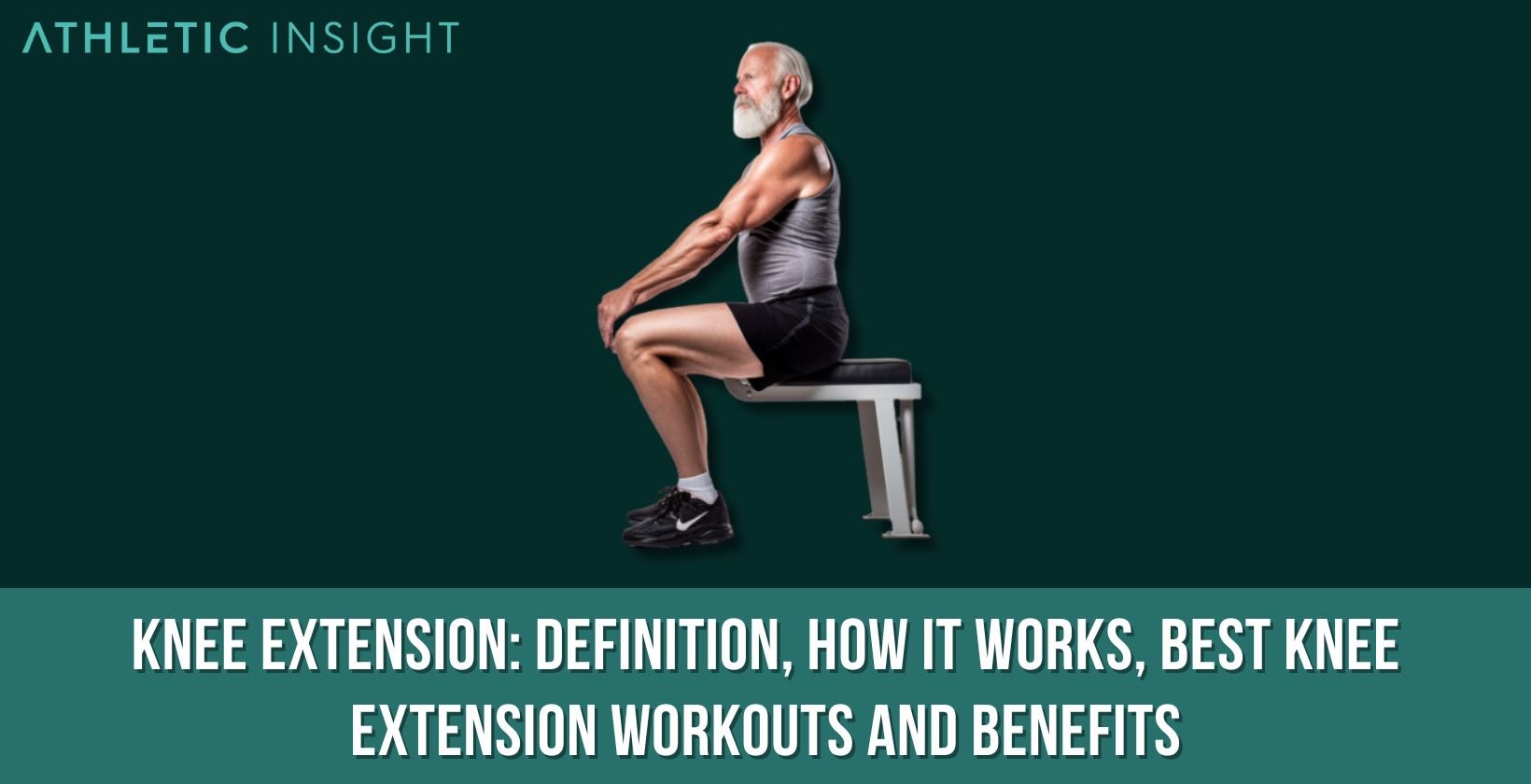Knee extension, a critical component of many movements, is an exercise that focuses on strengthening the muscles that extend the knee. These exercises, often incorporated into fitness and rehabilitation programs, are fundamental in enhancing joint stability, improving range of motion, and reducing knee pain. This article explores the intricacies of knee extension, including how it works, the best workouts, and the significant benefits that these exercises bring to overall lower body fitness and health.
What is a Knee Extension?
Knee extension is a fundamental movement in our daily life that involves straightening the leg at the knee joint. This movement is primarily facilitated by a group of muscles known as quadriceps, located at the front of your thighs. The act of standing up from a seated position, walking, running, or even kicking a ball, all involve knee extension. Incorporating knee extension exercises into your workout routine can help strengthen these critical muscles, improving both function and endurance.

How Does a Knee Extension Work?
A knee extension works by engaging the quadriceps muscles, which consist of four primary muscles: the vastus lateralis, vastus medialis, vastus intermedius, and rectus femoris. As these muscles contract, they pull on the tibia, causing the knee joint to straighten. This action is crucial for many activities requiring leg strength and stability. Understanding how knee extension works can help optimize your workouts and prevent potential injuries.
What are the Best Knee Extension Workouts?
Several exercises effectively target the quadriceps to enhance knee extensions. Some of the best workouts include lying leg lifts, step ups, seated knee extensions, leg extension machines, and half squats.
- Lying Leg Lifts
- Step Up
- Seated Knee Extensions
- Leg Extension Machines
- Half Squats
1. Lying Leg Lifts
Lying leg lifts are simple exercises that can be done without any special equipment. To perform this exercise, lie on your back with one knee bent and the other leg straight. Slowly raise the straight leg to the height of the bent knee. Repeat this movement for 10 to 15 repetitions before switching legs.
2. Step Up
Step-ups are great exercises for strengthening the knee extensor muscles. To do this, you’ll need a sturdy step or bench. Place one foot on the step, push through that foot, and bring the other foot up as you straighten your knee. Lower back down and repeat. Aim for 10 to 15 repetitions on each leg.
3. Seated Knee Extensions
Seated knee extensions can be performed with or without equipment. To do this exercise, sit on a chair with your feet flat on the ground. Slowly extend one leg out in front of you until it is straight, then slowly lower it back down. Repeat this movement for 10 to 15 repetitions before switching legs. If you wish to add resistance, you can use an ankle weight or a resistance band.
4. Leg Extension Machines
Leg extension machines, commonly found in gyms, allow for a more targeted workout for the quadriceps. To use this machine, sit on the seat and place your lower legs under the padded bar. Then, slowly extend your legs out in front of you. Return to the starting position with control to complete one repetition. Aim for 10 to 15 repetitions.
5. Half Squats
Half squats are a variation of the traditional squat that focuses on the quadriceps. Stand with your feet hip-width apart, then bend your knees and lower your body as though you are going to sit back in a chair. Stop when your thighs are parallel to the floor, and then push yourself back to the starting position. Try to perform 10 to 15 repetitions of this exercise.
Why is the Knee Extension Exercise Important?
Knee extension exercises are critical for maintaining the strength and functionality of the quadriceps muscles, which are key players in movement and stability. These exercises are particularly beneficial for athletes who rely heavily on their leg muscles, individuals recovering from leg or knee injuries, and older adults who need to maintain muscle tone to prevent falls and retain independence. They also are one of the best lower body exercises, as they help improve overall lower body strength and fitness.
What are the Benefits of Knee Extension Exercises?
Knee extension exercises offer three main benefits, particularly for the lower body. Firstly, they strengthen the quadriceps, a group of muscles crucial for walking, running, and jumping. Secondly, they increase the stability of the knee joint, reducing the risk of injuries. Regular practice of these exercises can improve overall fitness and enhance performance in sports and daily activities. Lastly, for those recovering from knee injuries, these exercises can aid in rehabilitation and help restore normal knee function.
- Strengthen the quadriceps
- Increase the stability of the knee joint
- Aid in rehabilitation and help restore normal knee function

What are the Risks of Knee Extension Exercises?
While knee extension exercises are generally safe, improper form or excessive weight can lead to potential risks. These can include strain or damage to the knee joint, particularly the anterior cruciate ligament (ACL). Overworking the knee can also lead to conditions such as patellar tendonitis or runner’s knee. It’s always important to use proper form and moderation, and consult with a healthcare or fitness professional when introducing new exercises to your routine.
- Strain or damage to the knee joint
- Can lead to conditions such as patellar tendonitis or runner’s knee
How to Pick the Right Knee Exercise for You?
Choosing the right knee exercise depends on your fitness level, overall health, and specific goals. If you’re a beginner or have existing knee issues, less strenuous leg exercises like step-ups or half squats might be most suitable. For those looking to build muscle or increase strength, exercises with added resistance like seated knee extensions or using a leg extension machine can be more beneficial. Always consider your personal comfort, the potential risk of injury, and your long-term fitness goals when choosing exercises.
What are Safety Precautions to Avoid Injury with Knee Extension Exercises?
To avoid injury when performing knee extension exercises, always warm up before starting your routine to prepare your muscles and joints. Ensure you’re using proper form to avoid placing undue stress on your knee joint. If using equipment, ensure it’s adjusted correctly for your height and strength. If you feel pain at any point during the exercise, stop immediately to avoid causing injury. If you’re unsure about how to perform these exercises correctly, consider seeking guidance from a certified trainer or physical therapist.
What Ages are Best for Knee Extension Exercises?
Knee extension exercises can be safely performed by individuals of all ages, as long as the intensity, frequency, and technique are appropriate for their fitness level and health status. For children and adolescents, these exercises can aid in muscular development and joint health. Adults can maintain strength and flexibility, while older adults can benefit from improved balance, stability, and joint health. It is crucial, particularly for older individuals and those with pre-existing conditions, to consult a healthcare provider before starting any new exercise regimen.
What Are Some Modifications to Make Knee Extension Exercises More Challenging?
There are several ways to make knee extension exercises more challenging. One way is to add weights to your workout, either by using a leg extension machine or by wearing ankle weights during leg lifts or squats. Increasing the number of repetitions or sets in your workout can also increase the challenge. Additionally, incorporating balance elements, like performing the exercises on a bosu ball or foam pad, can engage more muscles and increase the difficulty level.
How often should you perform Knee Extension Exercises?
The frequency of knee extension exercises depends on your fitness goals and current health status. As a general guideline, strength training exercises like knee extensions can be performed two to three times per week. Allow at least one day of rest between sessions to give your muscles time to recover and grow. If you’re rehabilitating from a knee injury, your healthcare provider or physical therapist may recommend a different frequency.
How Do Knee Extension Exercises Fit Into a Fitness Routine?
Knee extension exercises can be integrated into a fitness routine as part of your strength training component. They can be combined with other lower body exercises for a comprehensive leg workout, or alternated with upper body exercises for a total body routine. For those who participate in running or other high-impact sports, these exercises can serve as a beneficial complement to training, helping to build strength and prevent injury.

Is the Knee Extension Exercise Used by Individuals Recovering from Knee Injuries?
Yes, knee extension exercises are frequently used in rehabilitation programs for individuals recovering from knee injuries. These exercises can help restore strength, mobility, and function to the knee joint and surrounding muscles. However, the type, intensity, and frequency of the exercises are typically tailored to the individual’s specific condition and stage of recovery, under the guidance of a physical therapist or other healthcare provider.
Can Knee Extension Exercises Help with Knee Pains?
Yes, in many cases, knee extension exercises can help manage and alleviate knee pain. Strengthening the muscles that support the knee can improve joint stability, reduce strain, and alleviate pain. However, it’s important to note that not all knee pain is alike, and what works for one person may not work for another. Individuals with knee pain should consult a healthcare provider to understand the underlying cause of their pain and determine an appropriate treatment plan.
What is the Difference between Knee Extension and Hanging Knee Raise?
Knee extension and hanging knee raises are two distinct exercises that target different muscle groups. Knee extensions primarily target the quadriceps, the large muscle group at the front of the thigh, and are often performed using a leg extension machine. On the other hand, hanging knee raises target the muscles in the lower abdomen and hips. This exercise is performed from a hanging position, typically using a pull-up bar, and involves lifting the knees toward the chest.
Are There Any Alternative Exercises to Knee Extension Exercises?
Yes, there are many exercises that can work the same muscles as knee extensions without requiring a leg extension machine. Squats, lunges, leg presses, and step-ups can all target the quadriceps, the primary muscle group worked by knee extensions. These exercises can be beneficial for those who find knee extensions uncomfortable or have been advised to avoid this exercise due to a knee condition.



